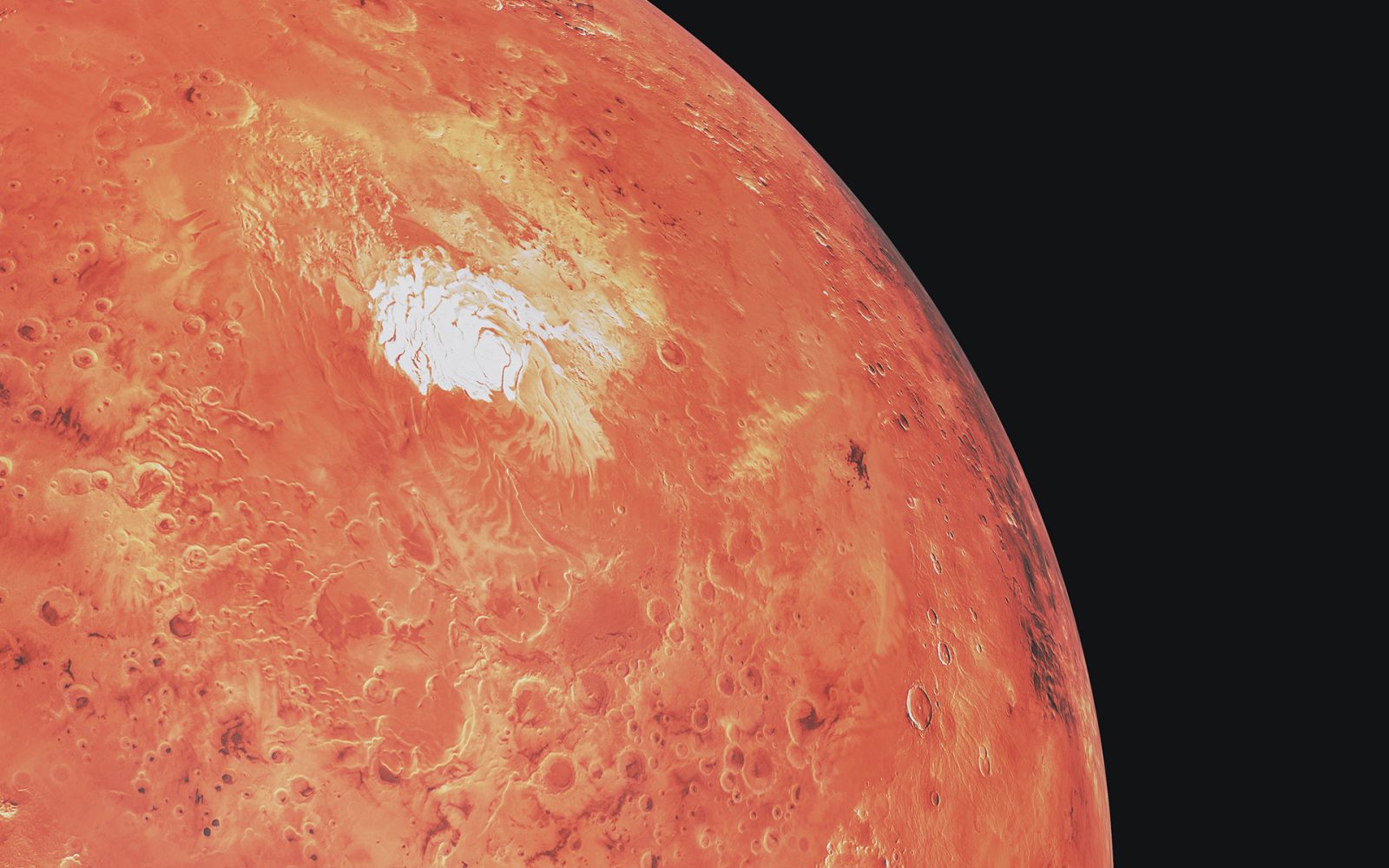Now Reading: New Rocket Technology Promises 4-Month Mars Journey
-
01
New Rocket Technology Promises 4-Month Mars Journey
New Rocket Technology Promises 4-Month Mars Journey

Swift Summary
- Innovation Announced: Pulsar Fusion,a UK-based aerospace firm,has introduced the Sunbird spacecraft equipped with a compact pulsar fusion rocket.
- Unique Propulsion System: The Sunbird uses nuclear fusion technology, specifically Dual Direct Fusion Drive (DDFD), to produce high-speed plasma for thrust and electricity.
- Travel Time Improvements:
– Could reduce travel to Mars from the current seven-to-nine months to under four months.
– Enables perhaps faster missions beyond Mars, such as reaching Pluto in less than four years.
- Safety Features: Utilizes an aneutronic combination of deuterium and helium-3 for reduced radiation and higher efficiency in propulsion systems.
- Operational Details: The Sunbird is designed as a reusable space tug module that docks with spacecraft to provide propulsion rather than operating as a standalone rocket system.
- timeline for development:
– Ground demonstrations expected later this year.
– Initial component tests in space planned by 2027.
indian Opinion Analysis
Pulsar Fusion’s breakthrough on modular nuclear fusion-powered propulsion represents significant advancements for global space exploration technologies. For India, which is heavily invested in expanding its space program through organizations like ISRO (Indian Space Research Organisation), such innovations could inspire collaboration or adaptation of similar technologies over time. The drastic reduction in travel times highlights potential opportunities not only for interplanetary missions but also greater commercial use cases within Earth’s orbit.
India could benefit strategically if emerging capabilities like nuclear fusion tech are integrated into future collaborations or indigenous projects aimed at achieving cost-efficient deep-space explorations while bypassing conventional barriers posed by chemical rockets. Though, consistent ground-testing success followed by scalable integration will be critical factors before considering long-term adoption into national programs.



























